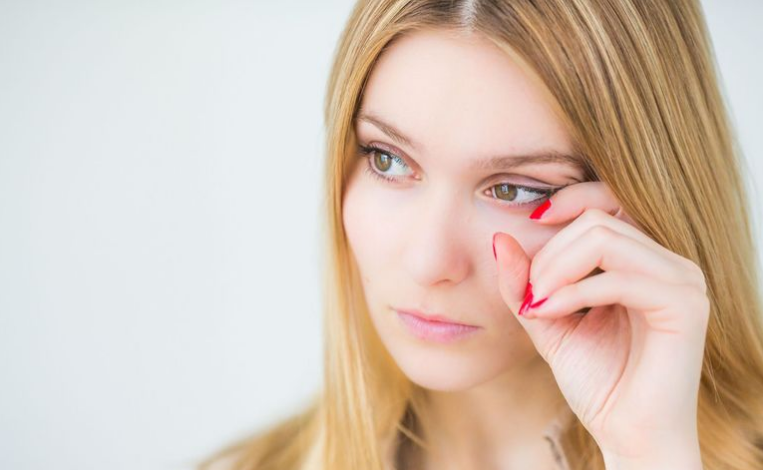There are plenty of people who have allergies and most of them have symptoms of eye allergies. Do you know what an eye allergy is? If not, don’t worry, in this article, we will talk about eye allergies. An eye allergy is an allergic reaction that impacts the clear layer of skin. This layer covers the front of your eyes and the inside of your lids. This allergic reaction is referred as allergic conjunctivitis.
Furthermore, there are various causes of eye allergy. But in case you are allergic to a substance and you are exposed to it. You might have an allergic reaction such as sneezing and itching. Some of the common triggers include:
- Grass
- Pollen
- Weeds
- Pet dander
- Dust.
The main types of eye allergies are as follows:
Seasonal Allergic Conjunctivitis
It is one of the most common kinds of eye allergy. The people who suffer from this allergy experience symptom in spring, fall and summer. Though this usually depends on the type of plant pollen in the air.
Perennial Allergic Conjunctivitis
This type of eye allergy has similar symptoms as of seasonal allergy but are mild. This occurs all year-round and is caused by mold, dust mites, household allergens and pet dander.
Vernal Keratoconjunctivitis
It is a serious eye allergy that can occur all year-round. Although, the symptoms of this kind of allergy worsens seasonally. This allergy mainly occurs in boys and young men. Most of the patients even have asthma or eczema.
Atopic Keratoconjunctivitis
Atopic eye allergy affects older people especially men with the history of allergy dermatitis. Even this allergy has symptoms all year-round and is almost same as a vernal allergy.
Contact Allergic Conjunctivitis
As the name suggest, this allergy is the result of irritation by contact lenses. It can even occur because of the proteins from tears that attaches to the surface of the lens.
Giant Papillary Conjunctivitis
Giant papillary is a serious type of contact allergy conjunctivitis in which the individual fluid sacs are formed in the upper lining of the inner eyelid.
Symptoms of Eye Allergies
There is a different type of eye allergies but all eye allergies have some common symptoms. They are:
- Itching
- Redness
- Blurred vision
- Runny nose
- Tearing
- Burning sensation
- Inflammation.
Treatment
Most of the times you can improve symptoms by avoiding the trigger. This can be possible when you are aware of what you are allergic to. But if you don’t know, you might need medical care. You must visit the doctor who specializes in eye care, an ophthalmologist.
The doctor might provide you with prescribed medication that is more effective. They include:
- Allergy shots, also known as immunotherapy
- Eye drops
- Antihistamines.
Some of the not prescribed medications include:
- Artificial tears
- Oral antihistamines
- Decongestant eye drops.
You can avoid the allergens by making changes in your home and in your behavior. You must:
- Keep the windows shut throughout the period of pollen.
- Use an air conditioner in your car and home.
- Wash your hands after petting animals.
- Wear sunglasses when you are outdoors in order to keep pollen out of your eyes.
Therefore, if you develop severe eye pain or vision loss you must call your doctor.
DISCLAIMER: The medical information on this site is provided as an information resource only, and is not to be used or relied on for any diagnostic or treatment purposes. This information is not intended to be patient education, does not create any patient-physician relationship, and should not be used as a substitute for professional diagnosis and treatment.


